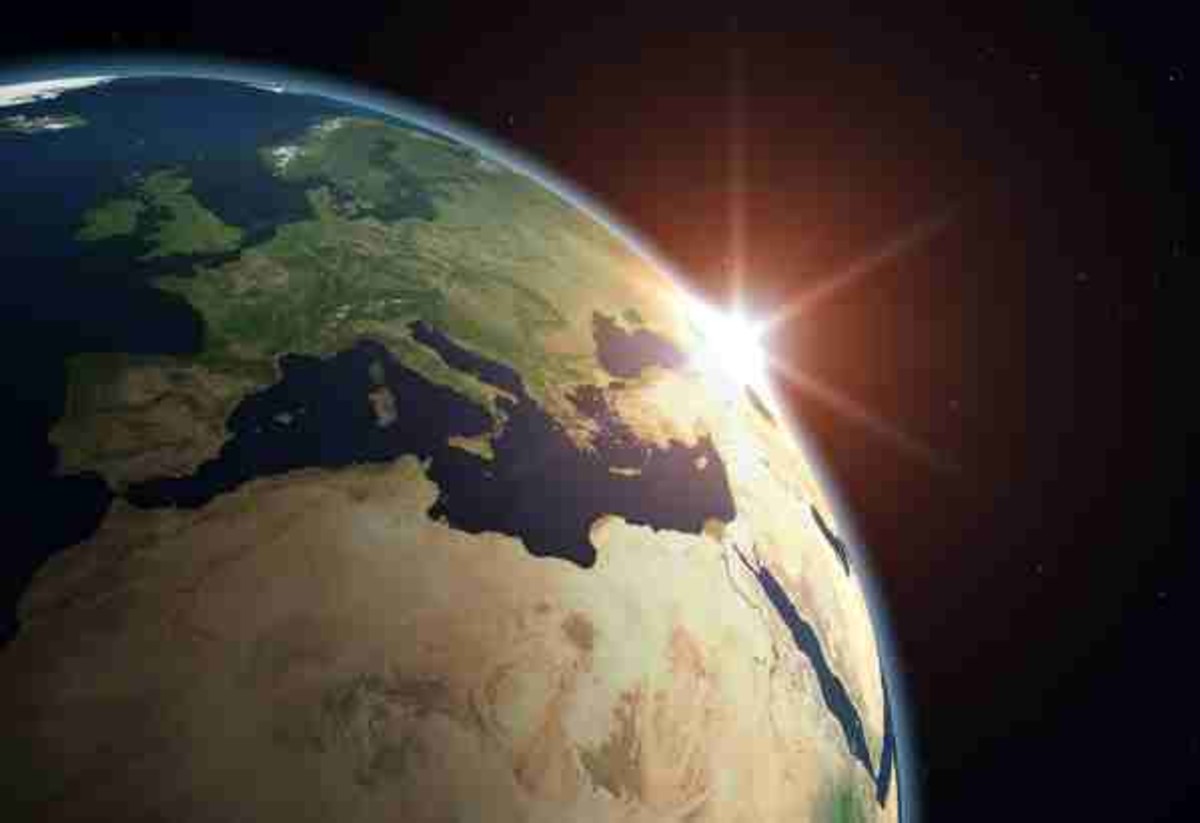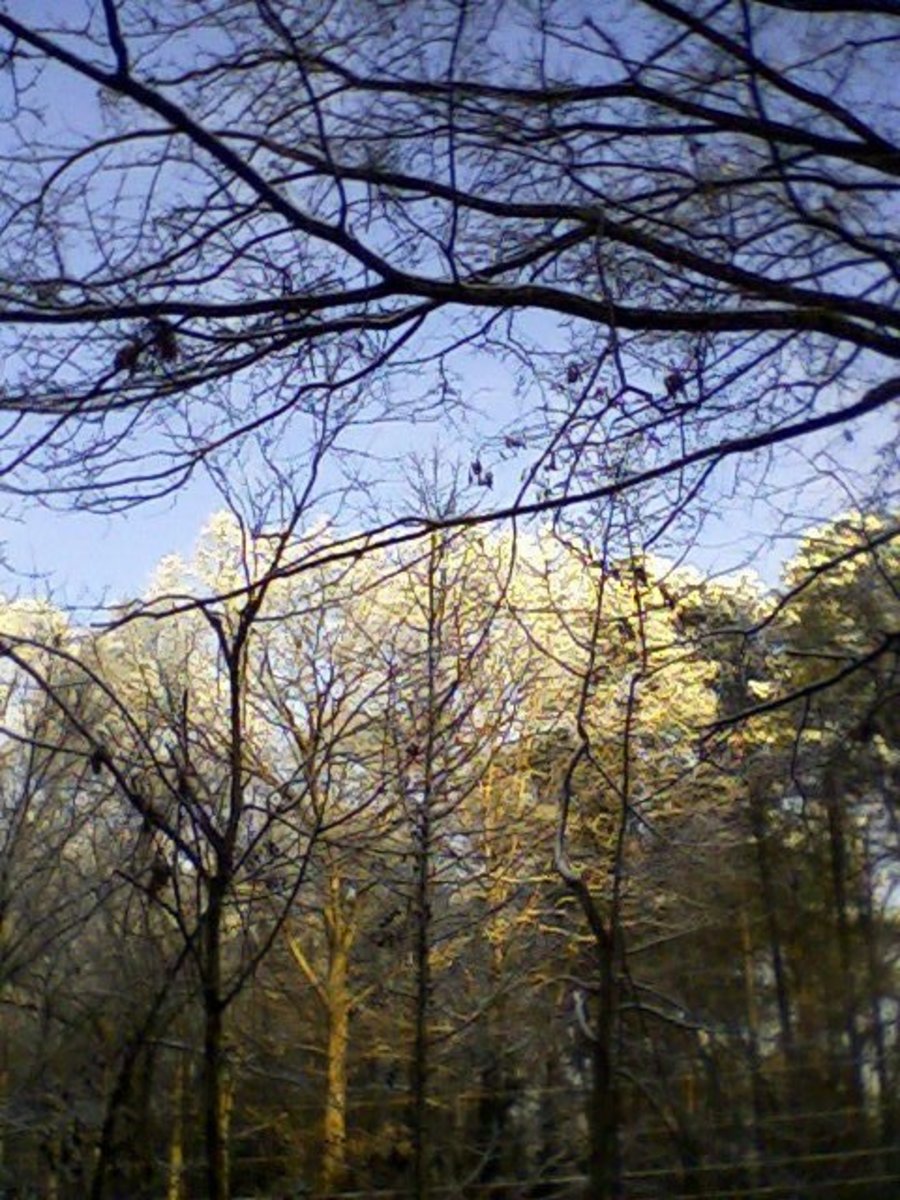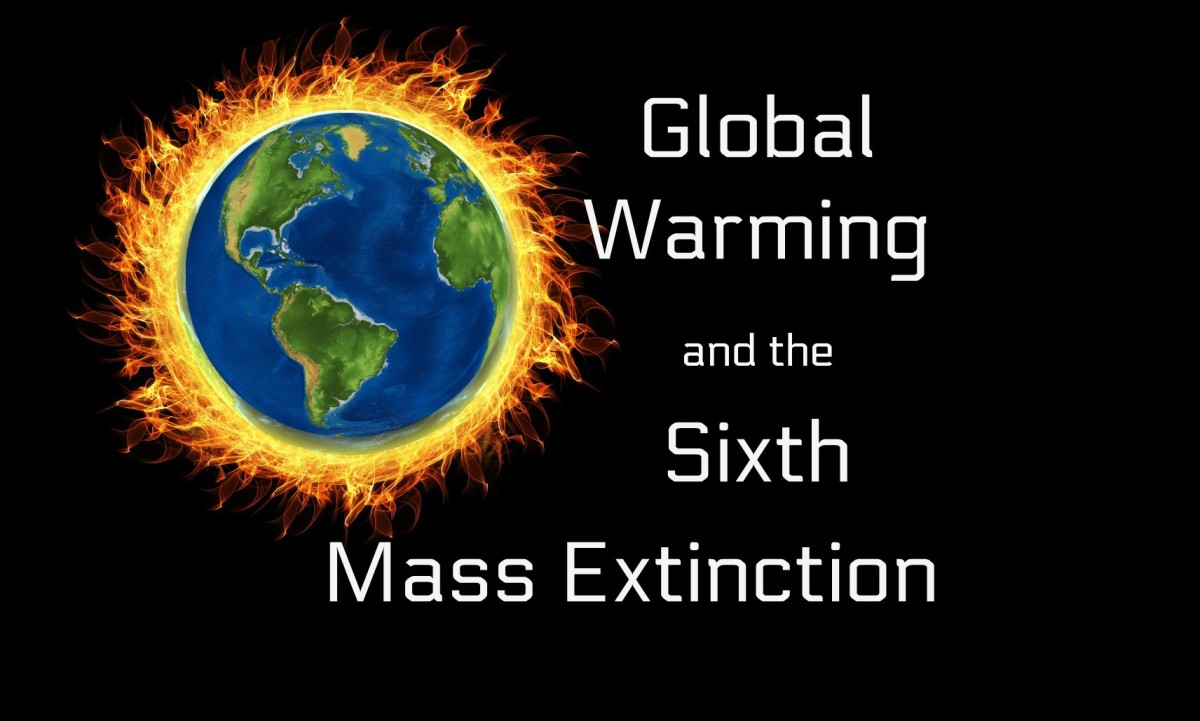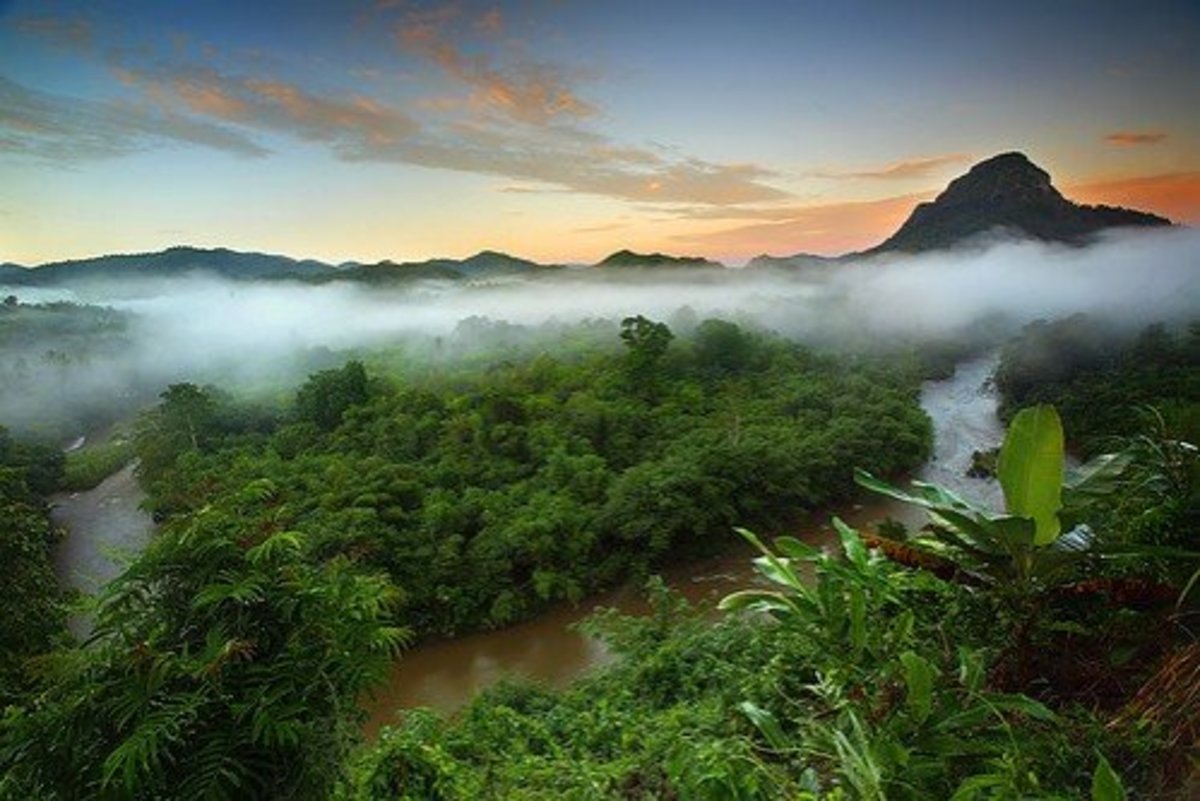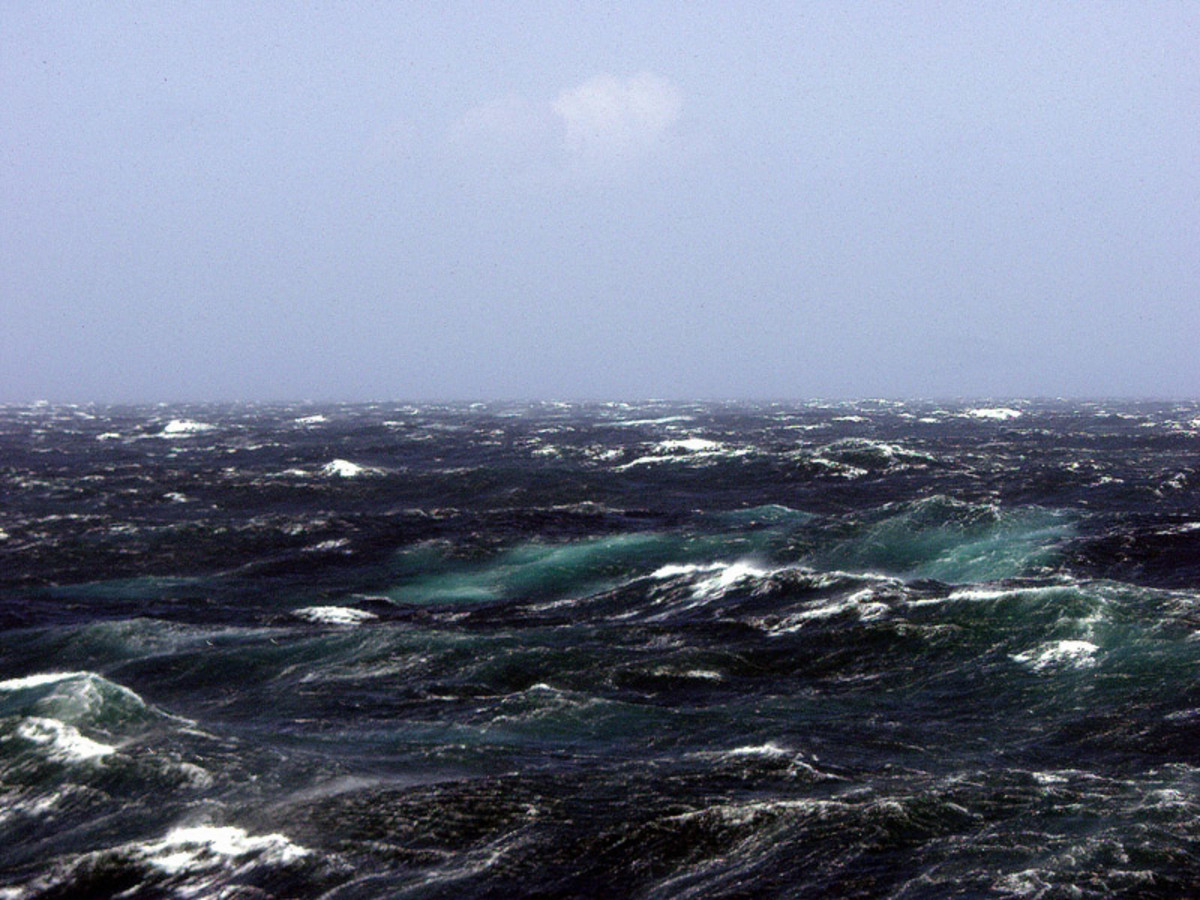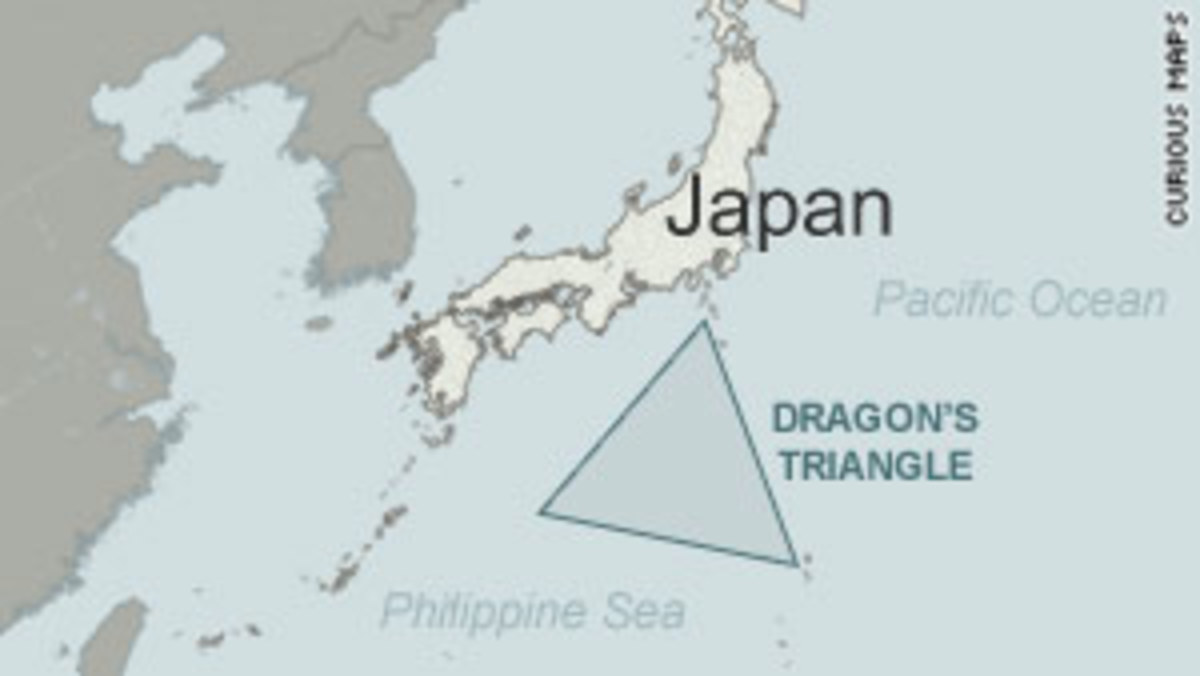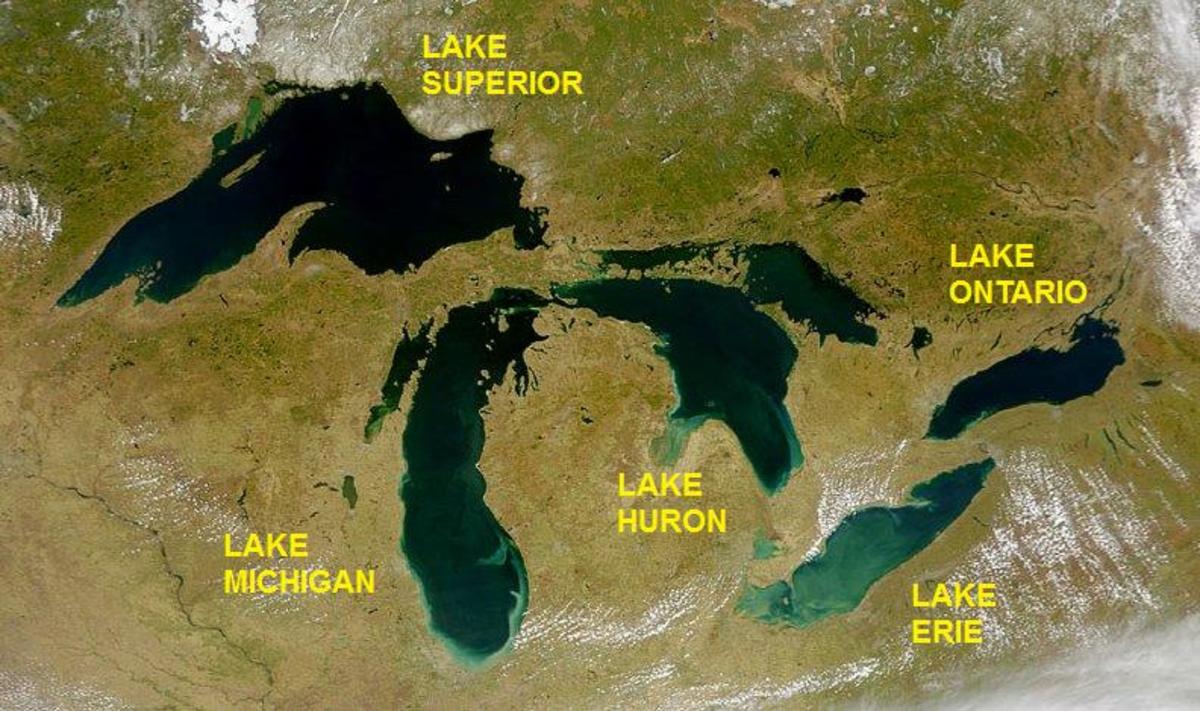Global Warming, Sea Level Rise and Its Impact in India
To Geologists, the terms Global Warming, Ice Ages and Sea level rise are not very surprising.The last Ice Age was 12,000 years ago.
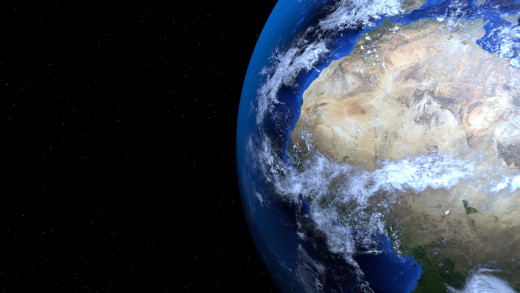
Sea Level Flactuations and Glacial Periods
In the Geological history of Earth, there were numerous occasions of Glacial and Interglacial periods. The Glacial period corresponds to a low in Earth's mean surface temperature and consequent fall of Mean Sea Level, whereas an Interglacial period corresponds to upswing in Earth's mean surface temperature and leads to Sea level rise.
Greenhouse Effect And Global Warming
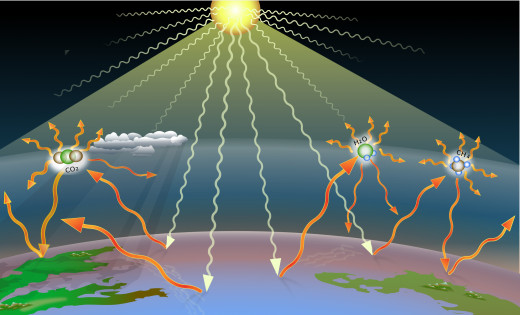
The greenhouse effect is warming that results when the atmosphere traps heat radiating from Earth toward space. Certain gases in the atmosphere block heat from escaping, leading to Global Warming.
Water vapor, Carbon dioxide, Nitrous oxide, Methane and CFC(Chlorofluorocarbons) are the Greenhouse gases. Water vapor is the most potent Greenhouse gas but the concentration of Water vapor is not much influenced by anthropogenic activities.
How do sea levels rise
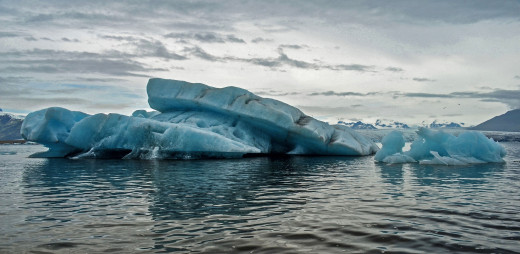
The most important factors that leads to warming driven sea level rise are :-
1) Thermal expansion
2) Glacial ice loss
Thermal expansion :- Thermal expansion rises sea level because the ocean, like all waters, expands as it warms up and thus takes up more space.
Glacial ice loss :- Melting of glacier also contributes to sea level rise because frozen water (Ice) that was trapped on the land melts due to increased global mean temperature and flows to the sea.
If Global Warming is natural why do we blame humans
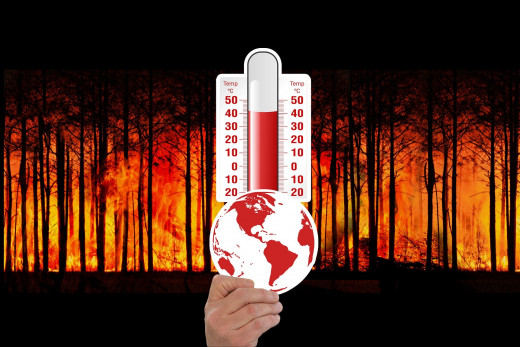
Modern climate change is caused by an excess of greenhouse gases. This, in turn, over-insulates the planet. As a result, temperatures rise.
Influence of human activity on the atmospheric concentrations of Water vapor and Nitrous oxide is negligible. Carbon dioxide is emitted to the atmosphere from industries and burning of fossil fuel. The increased concentration of atmospheric Carbon dioxide through anthropogenic activities is accelerating Greenhouse effect leading to rise in global mean temperature.
Carbon dioxide is the most potent greenhouse gas responsible for human caused global warming. Although each Methane molecule has 25 times more global warming potential than a carbon dioxide molecule, the residence time of Carbon dioxide molecules in the atmosphere is more than methane molecules.
.
Why are scientists so certain about human caused Global Warming
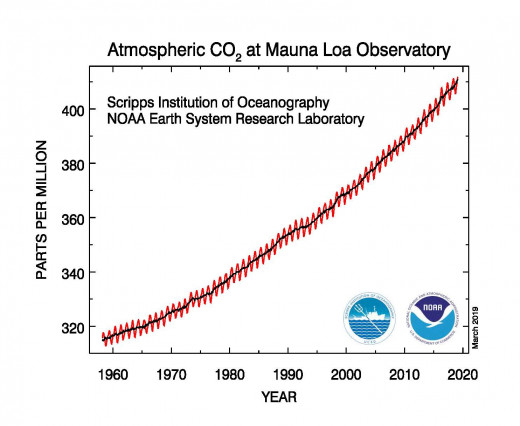
At the dawn of the industrial revolution 250 years ago Carbon Dioxide levels in the atmosphere were approximately 280 parts per million (PPM), since then, the human kind has been pouring billions of tons of extra greenhouse gases into the atmosphere, causing more and more heat to be trapped.
The main human caused greenhouse gas is Carbon Dioxide. The rate of growth of human caused Co2 emissions has been accelerating. Emissions today are 6 times higher than they were in 1950. Moreover, Co2 levels have now hit 414 parts per million in 2019.
As a result, the Earth has warmed 1.5 °F since 1900. Most of the warming, approximately 1°F has occurred only since 1970.
Impacts of sea level rise in India
India is a vast country, home of 1.3 billion people, India's total area is 3.287 million Km². The vast geographic extension as well as population increases the impacts of global warming and sea level rise in India many folds.
Monsoon
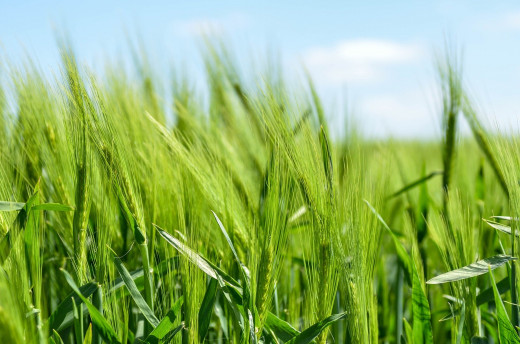
India's agriculture hinges on the Monsoon dynamics. During the four months from June to September, the South-West Summer Monsoon is predominant. During October to December, the North-East Winter Monsoon controls the weather of the country. Any change in the Monsoon dynamics will lead to ill-timed downpour. This will directly impact agriculture.
Coastal Zones
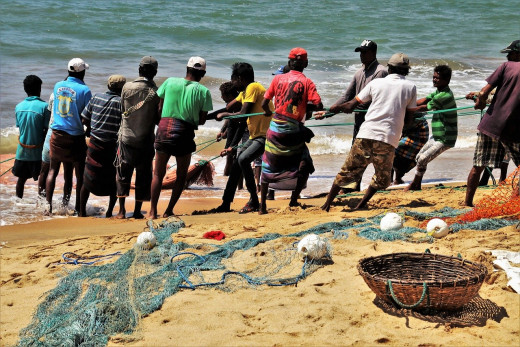
India's coastline extends for about 7516 km. Length of coastline of India's mainland is 5422 Km and Island territories is 2095 Km. Approximately 60 million people inhabit the Low Elevation Coastal Zones. These are the regions which fall under 10 meters of coastal elevation.
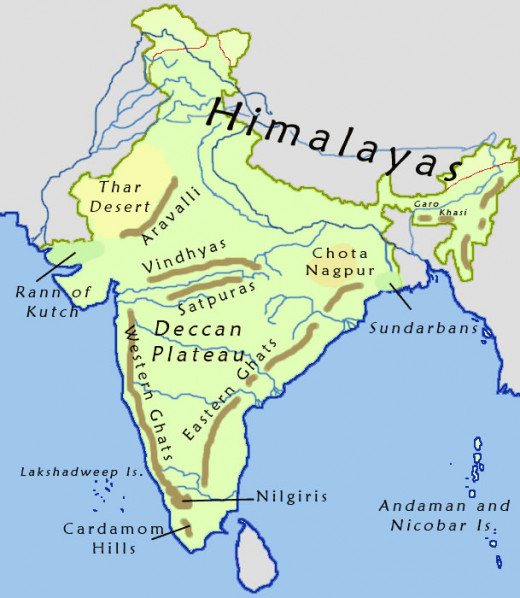
One meter sea level rise will inundate 6000 Km² in India. This will lead to loss of habitat, infrastructure, social assets and lives.
Water Stress
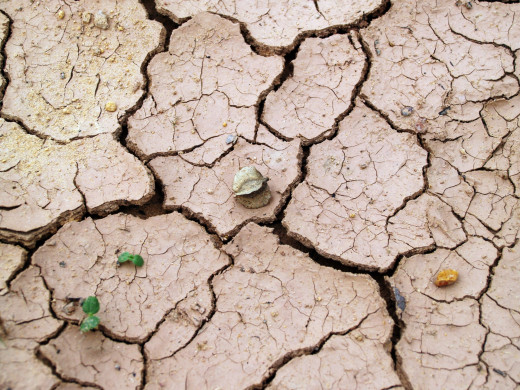
India is water stressed country where annual per capita water availability is less than 5000 cubic meters. The country has been witnessing poor Monsoon for the last few years.
The North-East Winter Monsoon which provides 10% to 20% of the country's rainfall was deficient by 44% in the year 2018. The South-West Summer Monsoon which provides 80% of the total rainfall fell short by 10% in the year 2019.
91 major reservoirs recorded 32% drop in their water capacity.
Sea level rise can lead to a change in Monsoon dynamics and consequent decrease in rainfall this will inturn decrease the recharge of ground water as well as saline water intrusion in the coastal aquifers.


